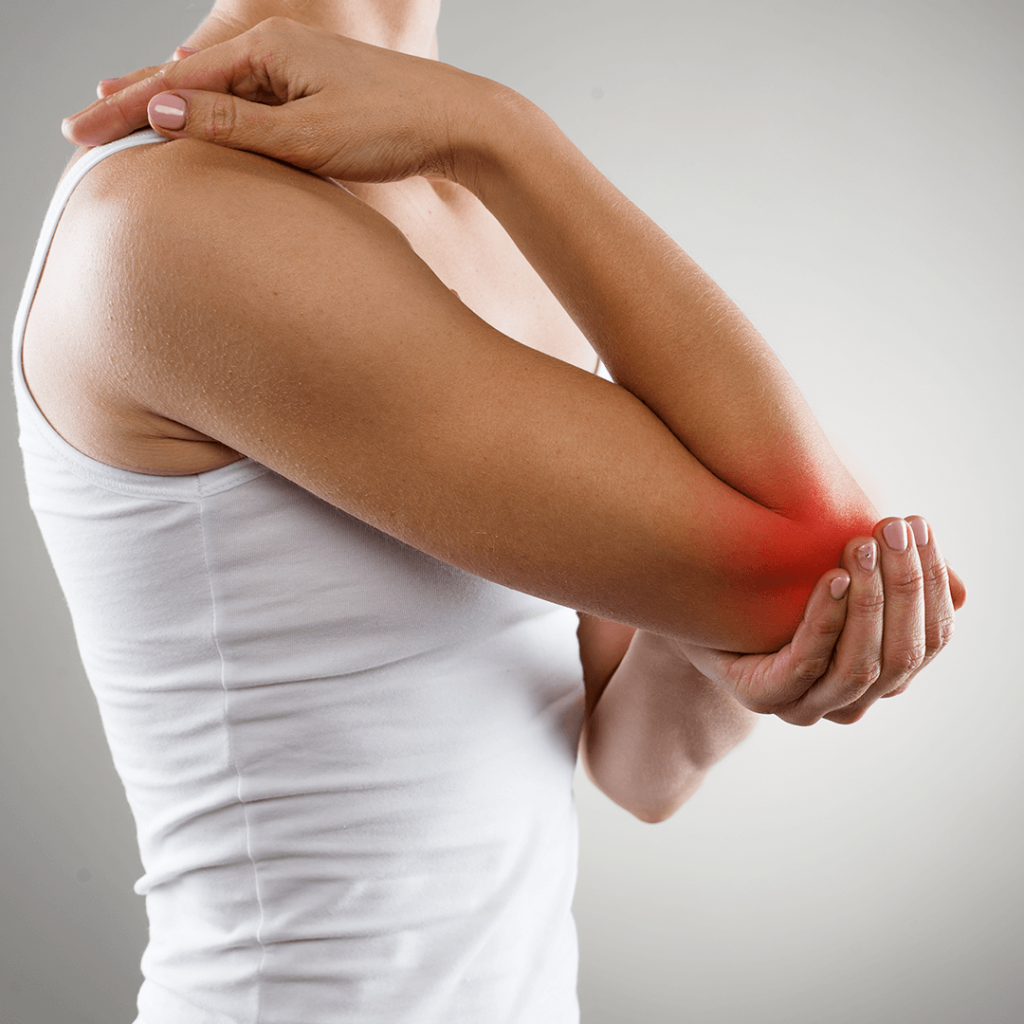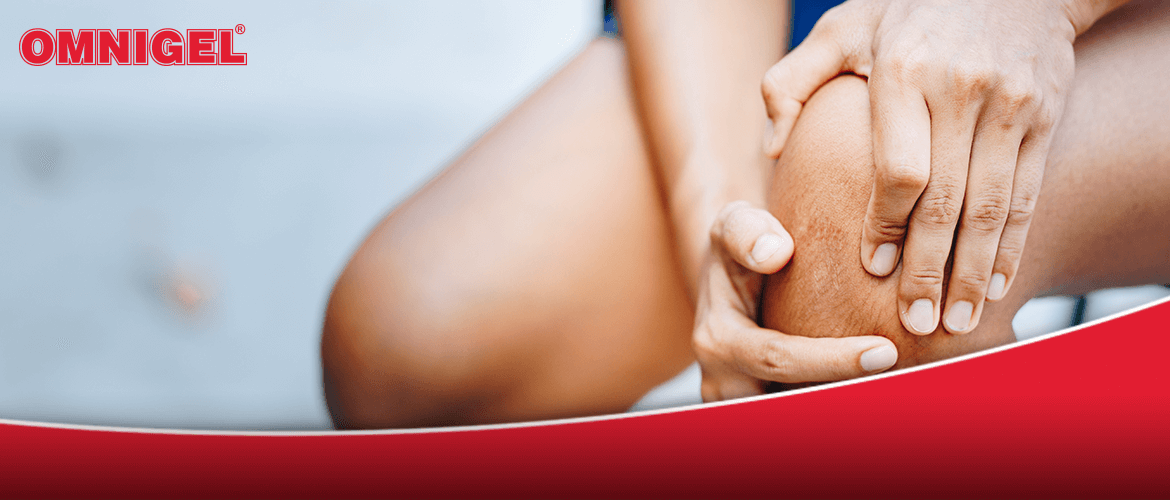Joint pain could crop up for a host of reasons, but regardless of why you’re experiencing the pain, it can help to use some topical treatments while you investigate the cause. There’s no debating the pain relief you get from oral pain killers(also called NSAIDs, short for non-steroidal anti-inflammatory drugs) but topical pain relief in the form of creams, ointments, gels, and sprays can also help.
Here’s a look at how the best pain relief ointments work to relieve joint pain.
How Pain Relief Ointments Work
The active ingredients that pain relief ointments contain penetrate through your skin to reach the affected joints and muscles. This offers localised pain relief. For pain that is severe, you may need to get a prescription for painkillers from your doctor.
Here are the typical effects of using the most popular kinds of topical treatment for joint pain:
- Complete anti-inflammatory action – Diclofenac-containing gels decrease your body’s production of the enzymes that lead to inflammation. As a result, they’re able to reduce the pain you experience as well as any swelling, redness, and immobility.
- Counterirritants – Pain relief gels and creams containing counterirritants such as methyl salicylate or turpentine act locally to reduce the sensation of pain. This prevents the pain signals from reaching the brain – due to the nature of action the pain relief is only temporary.

When Should You Use Pain Relief Ointments For Joint Pain?
Using an anti-inflammatory medication in a topical form – like a pain gel, cream, spray, can help with most mild to moderate intensity pain. They are useful for those who are unable to take oral NSAIDs because of sensitive stomachs(having a medical history of gastrointestinal bleeding or ulcers).
Remember, these topical remedies will work best when:
#1 The Pain Is Localised
It is a good idea to use topical pain relief treatment if the pain isn’t severe. So if just one or two joints are causing you pain, applying a pain relief gel to just those spots may be enough.
#2 If The Pain Is Superficial
Experts suggest that topical pain relief remedies like pain relief gels can help for superficial joints like those in your hands, feet, elbows, ankles, and knees.
#3 It Isn’t Chronic Pain
If it is acute joint pain or musculoskeletal pain of a mild to moderate intensity, go ahead and use a pain relief gel/ointment. Chronic pain requires more comprehensive treatment and may not be adequately alleviated with a topical remedy.
Types Of Joint Pain: When To Use Pain Relief Ointments/Sprays
A good pain relief gel will contain the ingredients mentioned in the previous section and should provide you with almost instant relief from the pain. Such pain relief ointments and gels can be used for different types of joint and muscle pain, arising from various causes.
You can use topical pain relief for:
- Arthritis
- Sore shoulder, neck, etc.
- Minor aches and pains
- Sprains
- Strain

For instance, Omnigel pain relief products help with joint pain resulting from rheumatoid arthritis, osteoarthritis, sports injuries, cervical spondylosis, and can also be used for frozen shoulder, neck, and back pain. Available as both a gel and a pain relief spray, it takes care of joint pain, inflammation, swelling, and stiffness.
Learn more about why Omnigel is such an effective pain relief remedy for joint pain.

